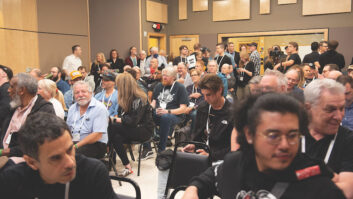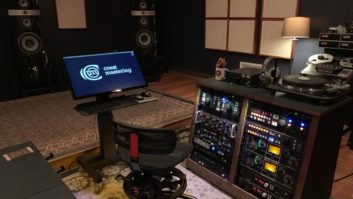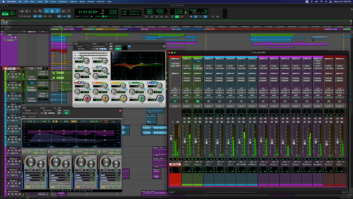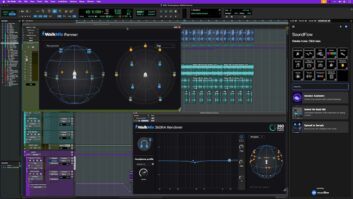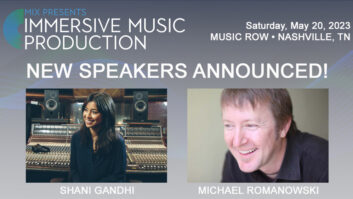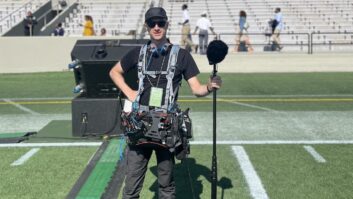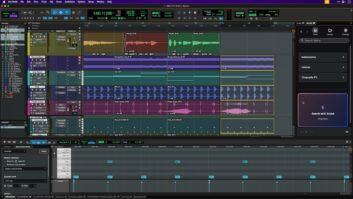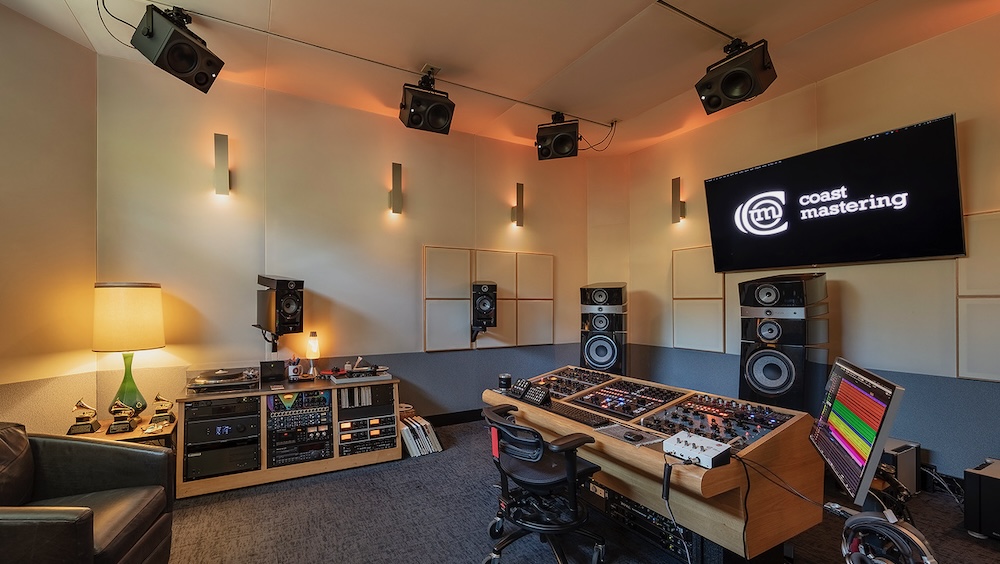
Berkeley, CA (October 2, 2024)―Michael Romanowski, owner and chief engineer at Coast Mastering in the Bay Area, has used a variety of audio tools on his way to winning five Grammy Awards, including Nugen Audio plug-ins.
“Music mastering is all about translatability, and I think it’s really important that a studio has the tools needed to help make more informed decisions and produce quality audio,” says Romanowski. “In my mastering process, while I don’t decide which tools I’ll need until I consult with my client, Nugen Audio plug-ins have long been included among the many solutions in my arsenal.”
Based in Berkeley, CA, Romanowski is a pioneer in immersive audio. He designed and built his first surround studio in 2001 and went on to release his first Atmos music albums in 2017, before Dolby Music was a separate entity—making him one of the very first immersive audio mastering engineers on the planet.
Coast Mastering Digs In for New Facility
For mixing projects, Romanowski often finds himself deploying the brand’s Paragon reverb plug-in. “I’d say I rely on Paragon on a fairly regular basis; I absolutely love it,” he says. “It has an impulse response that’s tweakable, which I think is great, and I like the ability to set up different parameters and weigh or eliminate certain channels. I use it to take the reverb out of the center if I want better vocal presence—and I’m able to do that without everything getting gummed up. Other times, I might have someone mixing on headphones, which gives off a false sense of space, and I need Paragon to help correct that in the mix.”
For immersive projects, Romanowski will also call upon Nugen’s Halo Vision, Halo Upmix and Halo Downmix plug-ins. “Halo Upmix, specifically, is really good in times when I only receive stems and I need to have more control of the individual content,” he explains. “In those cases, I separate instruments a little more, so I can just manage specific parts. For example, the bass or keyboard, rather than both. There have also been situations where I’ll need to check my downmixes, and that is of course where Halo Downmix comes in. Outside of music mastering, when I’m mixing immersively, Halo Downmix is always my go-to.
Romanowski has incorporated a plethora of other Nugen’s plug-ins into his workflow, depending on the project, including Aligner, ISL, Monofilter, SEQ-S, SigMod, Stereoizer, Stereoplacer and Visualizer.
